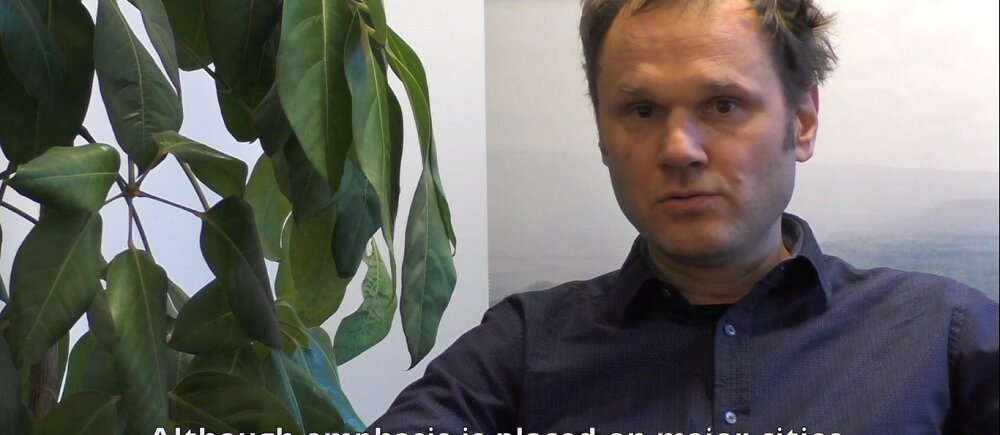IOB researchers Joachim De Weerdt and Bert Ingelaere teamed up with Luc Christiaensen of the World Bank and Ravi Kanbur of Cornell University to study urbanisation in Tanzania. The overarching question of their study is whether Tanzania should foster growth through investment in large cities, concentrating on reducing congestion costs there and banking on economies of scale and agglomeration to drive development, or alternatively make the same total amount of investment more geographically spread across secondary towns to increase exposure of the hinterlands to urban centres.
Previous quantitative analysis of the Kagera Health and Development Survey (KHDS) found that even in the presence of larger migration premiums from moving to the more distant cities, most people engage in surrounding non-farm economy or move to secondary towns. The quantitative decomposition analysis showed that moves to secondary towns make up a much larger share of total growth and poverty reduction than moves to cities.
This project attempts to give a better qualification of that quantitative result through mixed methods research. It aims to better understand migrants’ destination choice. Why do migrants go where they go? In particular, why do some migrants travel to metropoles and others to secondary towns? To this end, interviews were conducted in a selection of rural villages in the Kagera region and life histories were recorded from a group of carefully stratified survey respondents, who originate from these rural areas in Kagera and have migrated to different destinations. The respondents will be selected from the quantitative sample and all qualitative data will be linked to the quantitative data on those same respondents gathered at several moments in time over the past 20 years. This way, a rich narrative around destination choice among rural-urban migrants will be developed, with particular attention to the features distinguishing smaller from larger urban centres.
The project has a particularly strong outreach component. In August 2015, the researchers gave a private debriefing of the project to the Governor of the Bank of Tanzania (BOT) and upon his request were asked to hold a seminar to disseminate the preliminary results of the project to a group of 60 prominent policy makers and researchers from government, think-tanks and universities (BOT, MoF, UDSM, REPOA, NBS, POPC, Mzumbe, TIC, Uongozi Institute). As a result of this seminar the researchers were asked by the planning commission in Tanzania to write a position paper to inform the Five Year Development Plan of the country.

